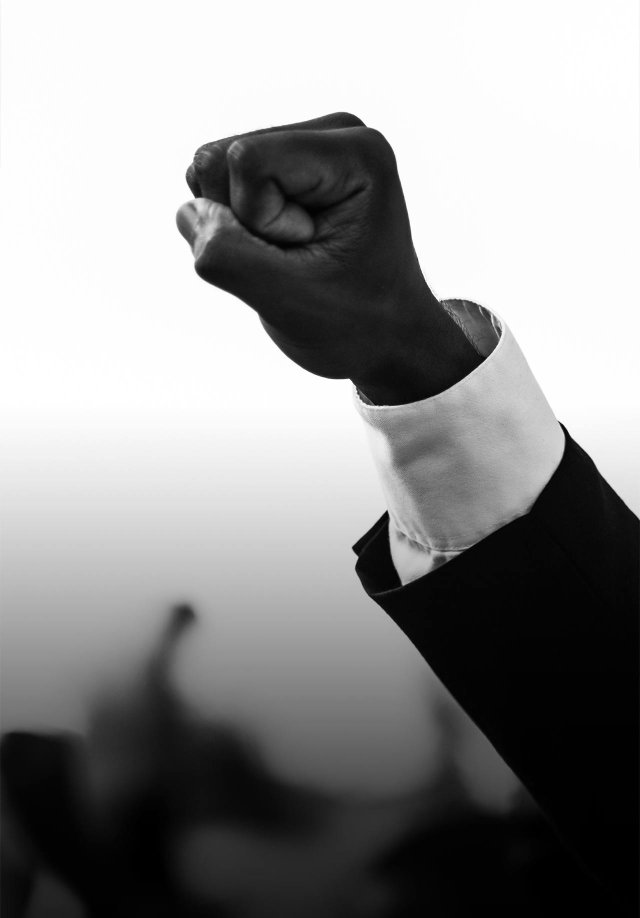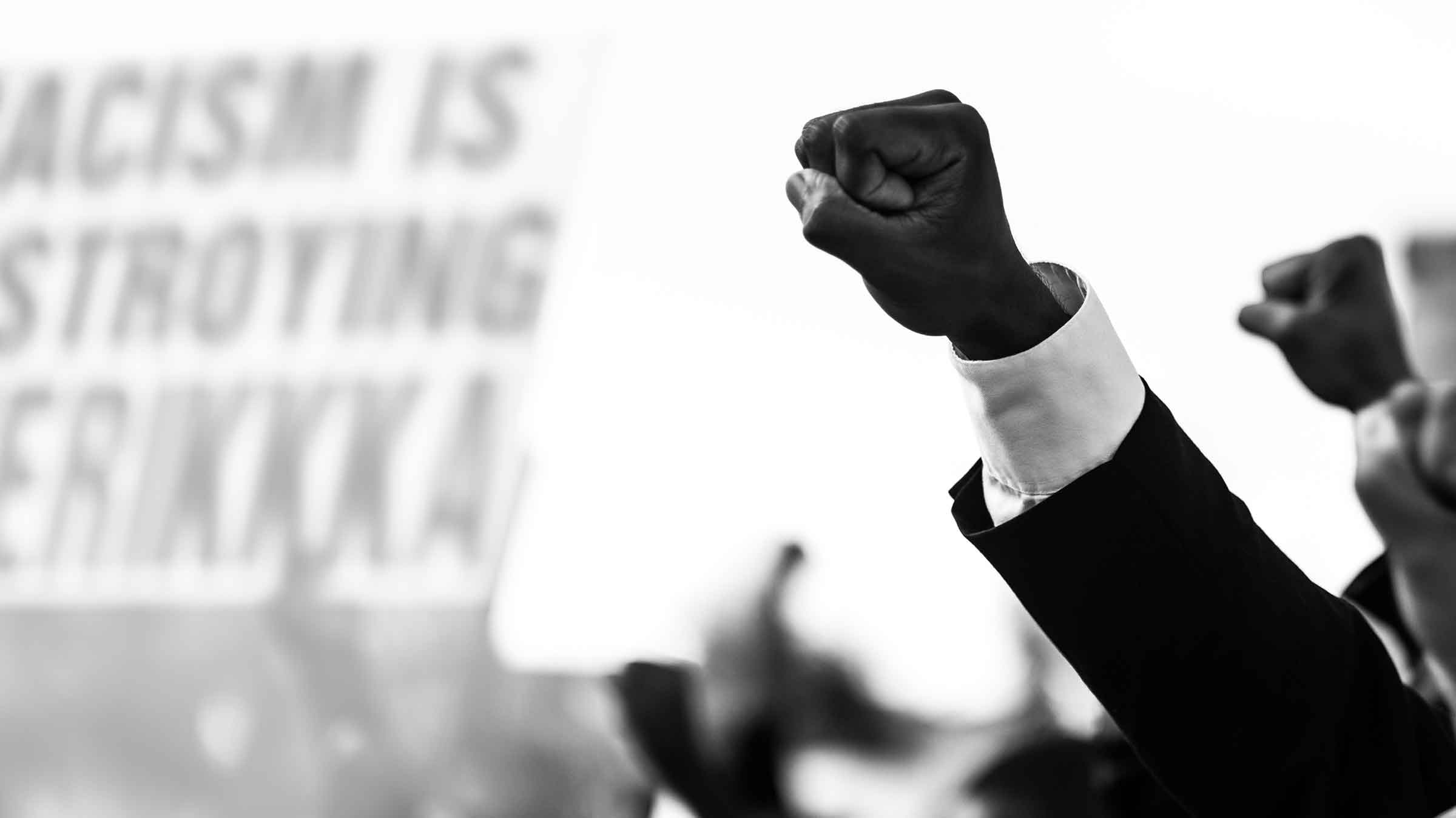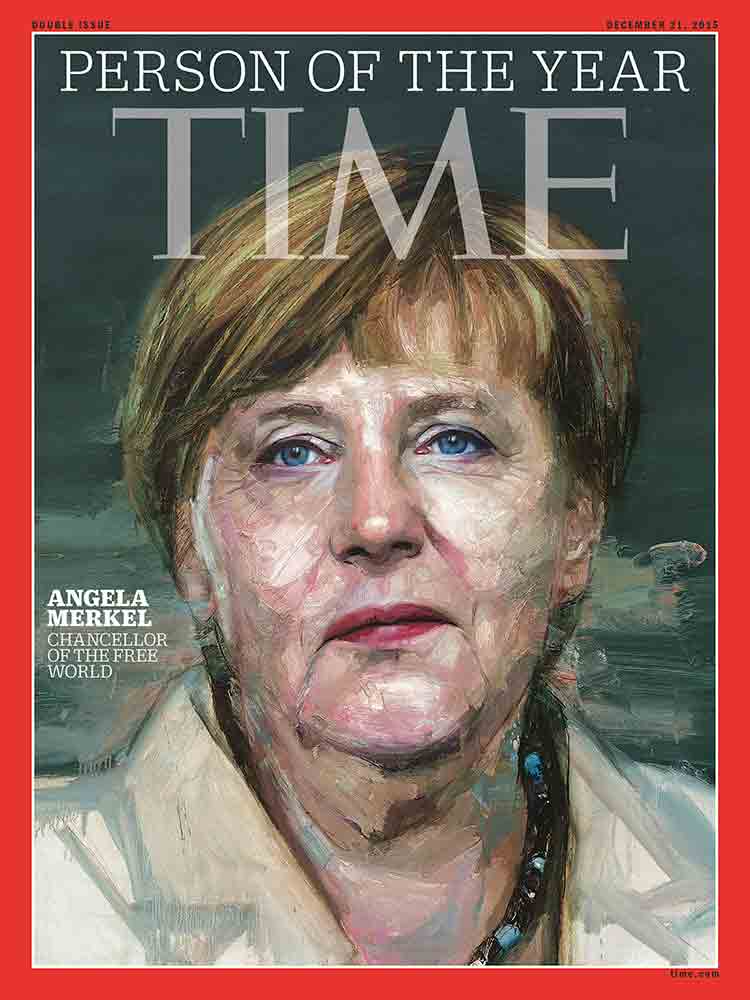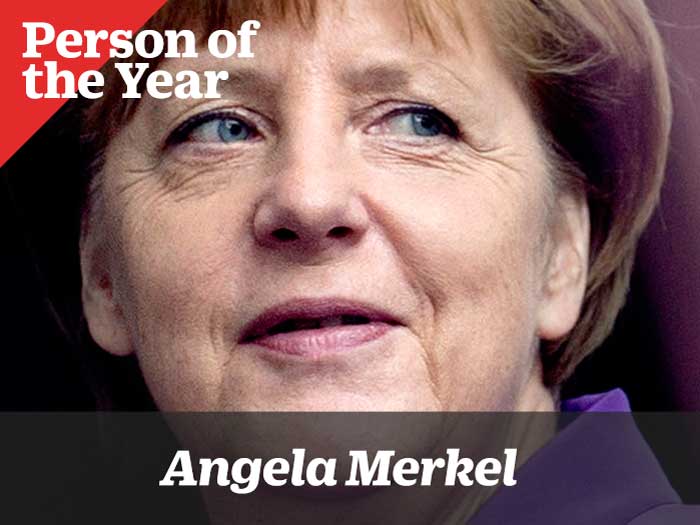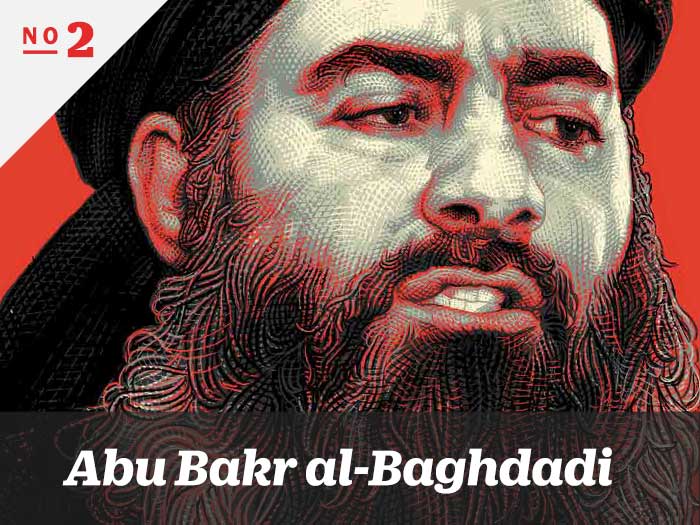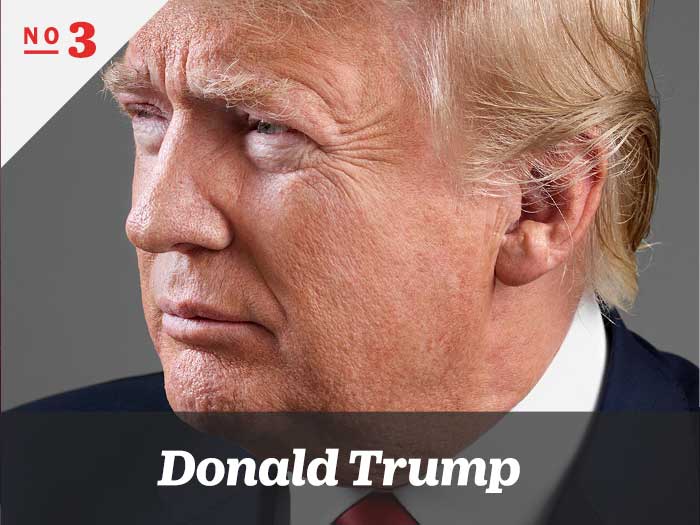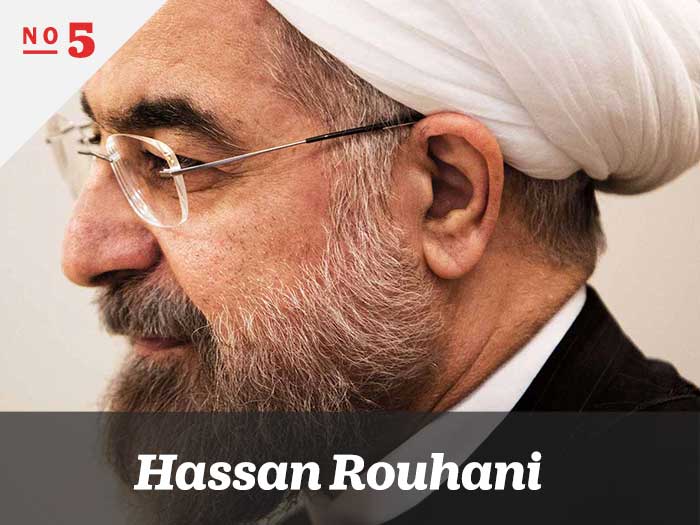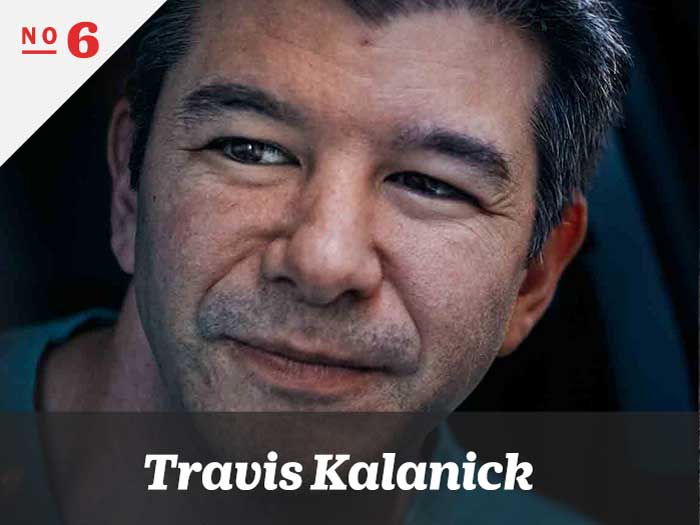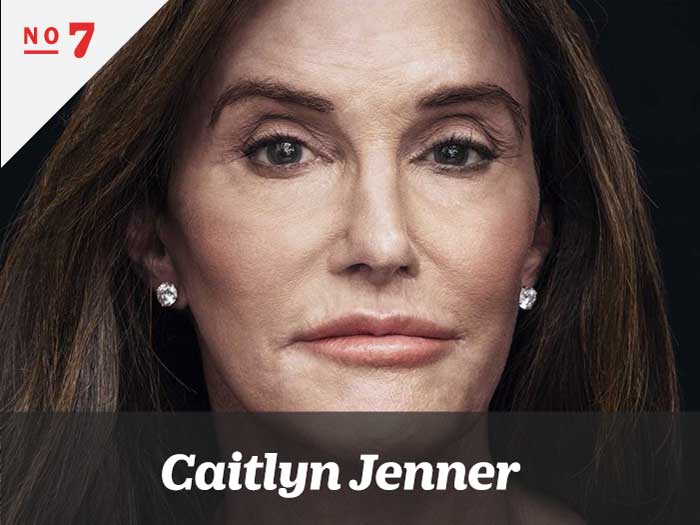By Alex Altman
Photograph by Devin Allen
Sometimes the toughest tests for a public uprising take place in private. The Black Lives Matter movement faced one such moment in October, inside a turreted building of pale stone planted on the site of the old Pennsylvania Avenue slave market, just blocks from the White House. Eleven young activists filed into a conference room, snapping selfies as they waited for one of the most powerful women in America. It takes clout to finagle a meeting with Hillary Clinton—and courage to do what came next.
All summer, Black Lives Matter protesters had disrupted campaign events and forced politicians to grapple with radioactive questions of race and justice. Clinton wanted to clear the air. But it was her guests who grabbed control. For 90 minutes, they peppered her with demands and pushed for sweeping investments in black communities. When the Democratic front runner said she couldn’t muscle race-based legislation through Congress, they accused her of exhibiting white privilege. Alwiyah Shariff, an organizer with the Ohio Student Association, asked how Clinton could be trusted to keep a promise to close private prisons while collecting campaign contributions from the industry. Flashes of irritation flickered across the former Secretary of State’s face. “There was fire in her eyes,” recalls Aurielle Marie, 21, an activist from Atlanta.
The confrontation turned out to be a catalyst. At a Democratic debate a few days later, Clinton denounced mass incarceration, called for body cameras on every cop and proposed a “new New Deal” for communities of color. “Exactly the things we’re advocating,” says Sam Sinyangwe, a 25-year-old activist and data scientist who was present at the meeting. Within weeks, Clinton rolled out a criminal-justice platform ripped from the activists’ playbook, including plans to curb police militarization and strengthen federal investigations in cases of alleged misconduct. Her campaign also announced that she would refuse donations from private-prison lobbyists.
In 2015, Black Lives Matter blossomed from a protest cry into a genuine political force. Groups that embraced the slogan hounded police chiefs from their jobs, won landmark prosecutions and turned college campuses into cauldrons of social ferment. At the University of Missouri, a hunger strike incited a boycott by the football team that drove the president out of office.
Along the way, an organic uprising morphed into organized blocs with specific demands. Activists arranged national conferences so local groups could connect and swap strategies. To skirt suspected surveillance by authorities, they learned to encrypt communication with smartphone apps like Signal and anonymized browsers like Tor. A movement rooted in the rejection of police violence diversified, launching campaigns to combat a broad sweep of perceived injustices, from gender inequality to the minimum wage to housing and education policy. The year 2014 was about “connecting the dots for people and weaving a broader story about systemic injustice so the masses could understand life as a black person in America,” says Brittany Packnett, a 31-year-old education executive from St. Louis whose role protesting the fatal shooting of Michael Brown in Ferguson, Mo., earned her a spot on President Obama’s police-reform task force. “In 2015, we know we can both tell the story and change the story.”
Black Lives Matter began almost by accident. On July 13, 2013, George Zimmerman was acquitted in the killing of Trayvon Martin, an unarmed black teenager shot during a struggle in a gated Florida suburb. Alicia Garza, a workers’-rights activist, was nursing a drink at an Oakland, Calif., cocktail bar when the verdict came down. She dashed off a missive on Facebook, capped by a stirring sentiment: “Black people. I love you. I love us. Our lives matter.” Her friend Patrisse Cullors, a fellow California activist, was the one who added the hashtag.
Even the people who coined the phrase didn’t sense its force right away. Melina Abdullah, a California State University, Los Angeles professor and leader of a local Black Lives Matter chapter, recalls a meeting two days after Zimmerman’s acquittal at Cullors’ place in St. Elmo Village, a collective for black artists. Protests to memorialize Martin were popping up across the country, and the activists made banners inscribed with #j4tmla (justice for trayvon martin l.a.). Underneath, as if an afterthought, they scrawled #blacklivesmatter in tiny letters.
The Black Lives Matter network, founded by Garza, Cullors and New York–based immigration activist Opal Tometi, now counts nearly 30 official chapters, including an outpost in Canada. There is no legal entity, no 501(c)(3). Getting chartered simply requires a promise to uphold certain principles. The movement is also made up of countless other protest groups that emerged from the streets of Ferguson, with names like We the Protesters and Hands Up United. The prevalence of the Black Lives Matter hashtag prompted media outlets to seize the phrase as shorthand for the struggle writ large. The new civil rights movement had its rallying cry.
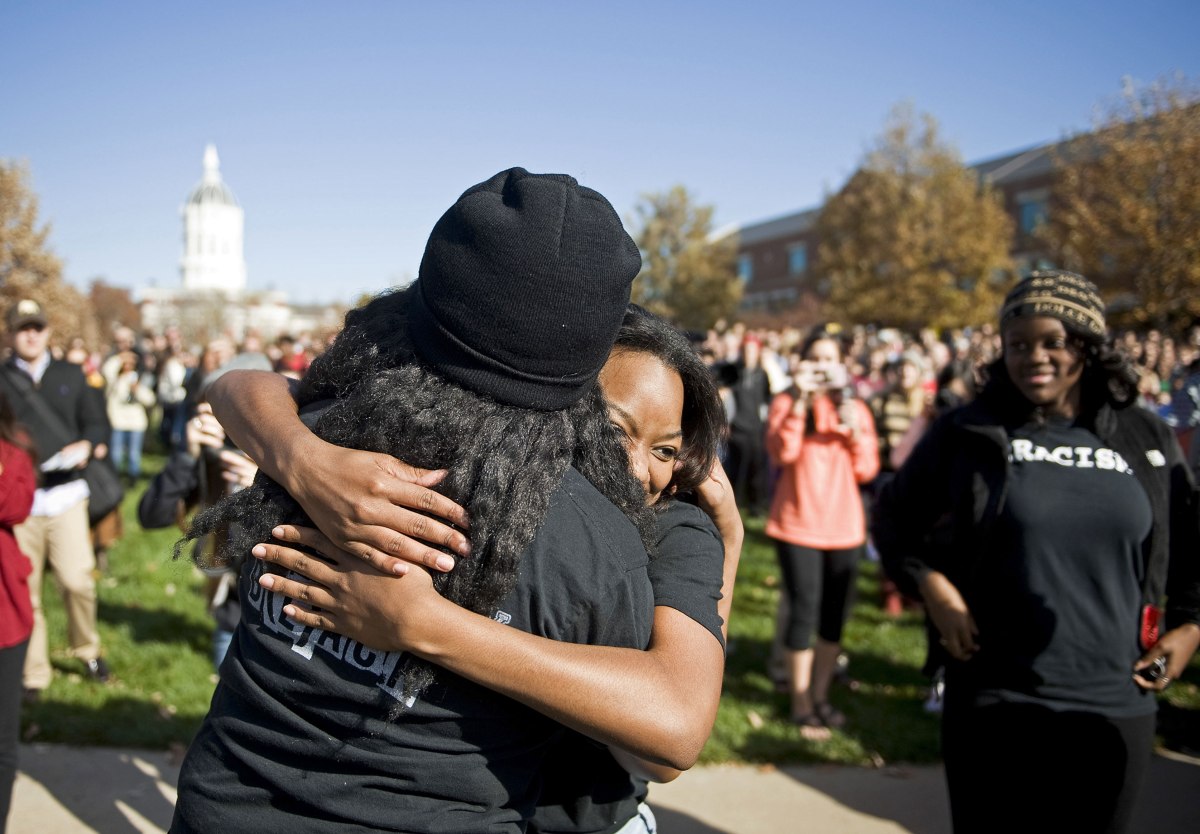
No matter their ideological differences, grassroots uprisings tend to follow patterns. Like the Tea Party and Occupy Wall Street, Black Lives Matter is anchored in the physical occupation of public space and amplified by social media. Each uprising was decentralized by design; insurrections against the misuse of power are leery of vesting too much of it in one place. But there are specific reasons Black Lives Matter has flourished where Occupy fizzled.
One is the way it has weaponized protest. Activists strategically shut down Chicago’s Magnificent Mile on Black Friday and blocked traffic along Washington’s I-395 on one of the busiest travel days of the year. The demonstrations were chosen to maximize impact: causing discomfort is designed to make society feel the pain and frustration of living as a black person in America.
Then there’s the phrase itself. As a slogan, “Black Lives Matter” is a piece of linguistic jujitsu, vague enough to seem inclusive yet charged enough to sow conflict. Even members of the movement squabbled over its meaning at first. In the wake of Michael Brown’s death, some activists identified their mission as a battle to stop police violence, while others argued that that definition was too narrow. As the movement began to branch out from purely honoring the victims of police brutality to raising awareness about perceived injustice in all sorts of social systems, the name attracted new groups of allies. “A single understanding of the movement,” says St. Louis University law professor Justin Hansford, another of its local leaders, “would ultimately exclude so many people.”
The loose structure, as a confederation of local groups, empowers each one to set its own agenda. The Chicago chapter, for example, had a hand in the protests that ousted police superintendent Garry McCarthy in late November after video footage apparently revealed that the department had mischaracterized the events surrounding the shooting death of teenager Laquan McDonald. Windy City activists have also run campaigns against school closures, says Chicago organizer Aislinn Sol, as well as crusades to win reparations for victims of police torture. A prominent group of leaders launched a project called Campaign Zero, which focuses on shaping policy changes to police practices, as well as an offshoot that studies how police unions stifle efforts to hold cops accountable in cases of alleged misconduct. To gather raw data, DeRay Mckesson, a Campaign Zero co-founder and perhaps the movement’s most prominent activist, filed Freedom of Information Act requests in the nation’s 100 largest cities.
In places like the Bay Area, Black Lives Matter is part of the Fight for 15, a campaign to hike the minimum wage to $15 per hour. New York activists launched a Black Lives Matter super PAC. A group in Washington focuses on housing and gentrification. “It’s a national movement with very local goals,” says Erika Totten, 33, a former English teacher from Alexandria, Va. “It looks different in every city.”
the diverse agenda is a reflection of its leadership. Black Lives Matter has a large number of influential LGBT activists. They and others have worked to make equality one of the movement’s hallmarks. In August, Black Lives Matter organized rallies across the country to spotlight the murders of black transgender women. It’s common to hear activists use the prefix cis—as in cisgender, which refers to anyone who’s not trans—in sentences studded with terms like intersectional and microaggression.
The emphasis on gender, identity and social inequality helps explain why Black Lives Matter’s agendas are spreading to college campuses. Back in March an anonymous user posted a YouTube clip that captured members of the University of Oklahoma’s Sigma Alpha Epsilon fraternity singing a racist chant about barring black members. When it was dismissed as an isolated incident, activists created the hashtag #notjustSAE and encouraged students everywhere to share similar stories. Social media fueled protests again a few months later, when the violent arrest of Martese Johnson, a black University of Virginia honor student, was captured in another video clip that went viral.
The campus movement peaked in November at the University of Missouri, where a wave of protests launched by a group called Concerned Student 1950—after the year the school first admitted African Americans—swept out both the system president and the chancellor of its flagship campus. A few weeks earlier, a group of black students had decided to disrupt the school’s homecoming parade by standing in its path and bellowing chants through a megaphone. During the ensuing fracas, a car carrying the system president, Tim Wolfe, allegedly nudged a graduate student named Jonathan Butler. Soon Butler launched a hunger strike, demanding that Wolfe resign for failing to address allegations of racism on campus. On Nov. 7, members of the football team announced that they would boycott team activities until Wolfe was gone. Within two days he was.
A group called the Black Liberation Collective helped students at other schools make demands of their own. More than 70 colleges joined the protests, which became known as the Student Blackouts. “It didn’t come out of thin air,” explains Zellie Imani, an activist and math teacher from Paterson, N.J., who helped convene conference calls and distribute templates so that student groups had the tools to petition administrators. “Everything that happened was very coordinated and organized.”
The protests racked up concessions at campuses across the country. Amid rolling sit-ins, Brandeis College administrators agreed to demands like increasing the recruitment of students of color. At Towson University, near Baltimore, demonstrators won new courses on race relations and tenure-track positions earmarked for black professors. Georgetown University agreed to rename two buildings named for former school presidents who sold slaves. Pushed by protesters, Princeton is weighing whether to strip the name of U.S. President Woodrow Wilson, one of its most famous alums, from its prestigious public-policy school because of Wilson’s racist views.
success has created a new set of challenges and charges. Wesleyan University’s student government slashed funding for the school newspaper after it published a column critical of Black Lives Matter. At Smith College, a group associated with Black Lives Matter barred members of the media from attending a protest unless they pledged solidarity. Activists at Amherst College unsuccessfully pressed the school’s president to punish students who plastered All Lives Matter posters around campus. Free speech has sometimes seemed like a casualty in the battle for social justice.

Critics have had other complaints. Republican presidential candidates said the movement spurs racial division, if not sheer lawlessness. New Jersey Governor Chris Christie told crowds that the movement’s anti-police rhetoric has put lives at risk. “They are calling for the murder of police officers,” Christie incorrectly claimed. Even FBI Director James Comey gave credence to the idea that heightened scrutiny of police, driven by street demonstrations, might be partly responsible for the spike in violent crime in some cities. “I do have a strong sense that some part of the explanation is a chill wind blowing through American law enforcement,” Comey said in October. Black Lives Matter supporters dispute this theory, which proponents have dubbed the “Ferguson effect.”
Opening the raw wounds of race has not made the protesters popular. Nearly 60% of respondents in a September PBS/Marist poll said race relations had gotten worse, not better, over the past year. But there’s little sign such criticism will slow the movement’s march. Clinton’s overtures to Black Lives Matter have not won her a warmer reception; she was interrupted by Atlanta activists for 30 minutes during the Oct. 30 campaign event where she unveiled her criminal-justice platform. Despite its tactics of disruption (or perhaps because of it), Black Lives Matter is winning ever more access to candidates. The Democratic National Committee, which passed a resolution declaring its support for the movement, has invited activists to organize a presidential town hall as the race ramps up next year.
Its perseverance this fall is a sign of the future. In mid-November demonstrators began gathering outside a Minneapolis police precinct to protest the shooting death of 24-year-old Jamar Clark. The city was a tinderbox, and Nekima Levy Pounds, president of the NAACP’s Minneapolis chapter, worried about a spark. “We’re one incident away from becoming the next Ferguson,” Pounds told officials. A few days before Thanksgiving, alleged white supremacists were charged with spraying bullets into a crowd of demonstrators, injuring five.
But peace reigned. The throngs reassembled as they had done day after day since Clark’s death. Amid the bitter cold, the makeshift encampment became a kind of community, and each of the protesters found a role: bringing bread, sweeping the streets, stoking the fire pits. They held a concert and cooked a Thanksgiving dinner.
After 18 days of round-the-clock protests, Minneapolis officials dismantled the encampment around 4 a.m. on Dec. 3. A crowd marched down to city hall. There they flooded the rotunda, filling the halls of power with the sounds of protest, as they promised to keep showing up, day after day, until they felt justice was done. —With reporting by Maya Rhodan and Sam Frizell

